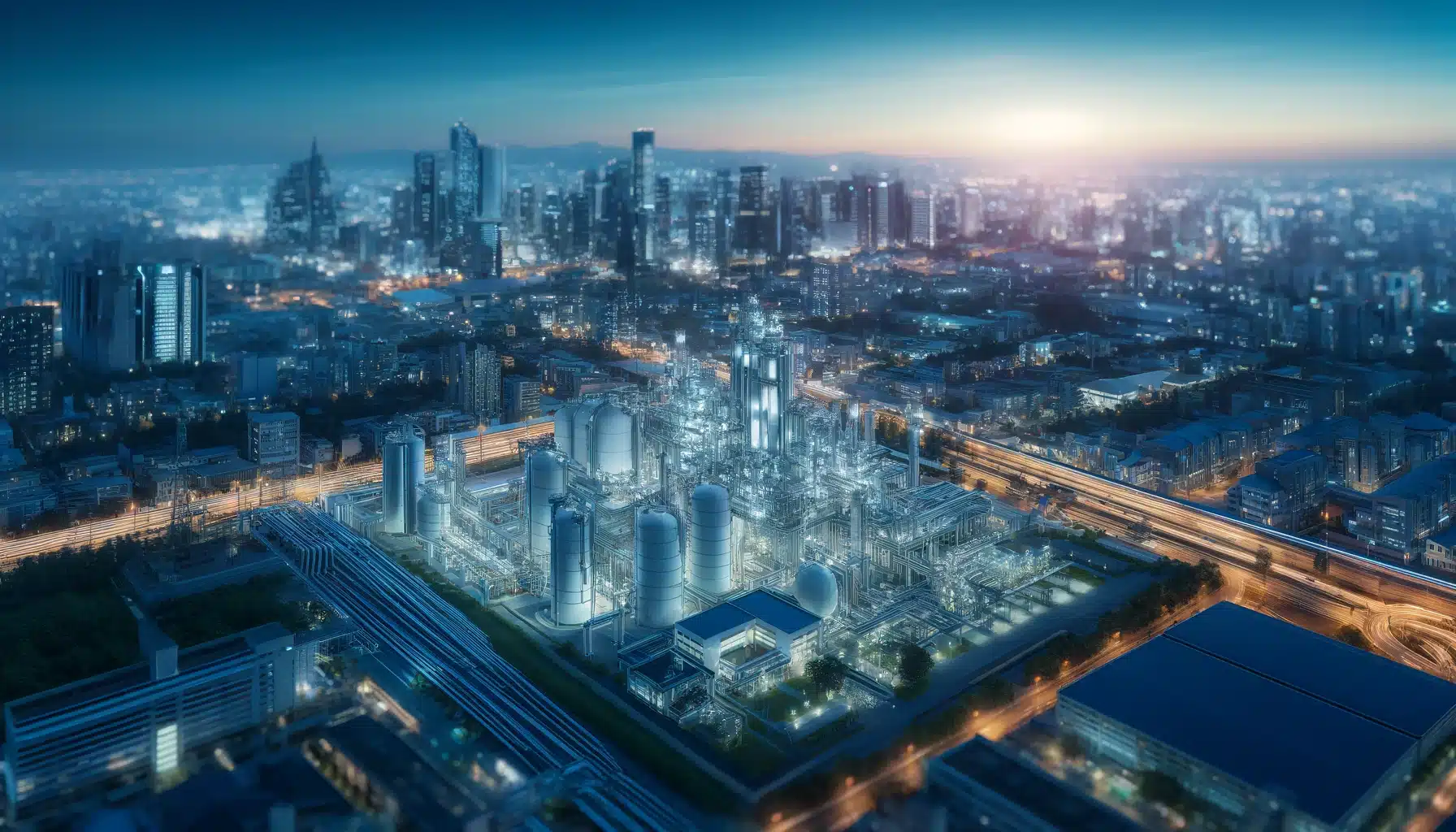
As the demand for energy continues to grow, the importance of efficient and reliable energy distribution infrastructure becomes increasingly evident. Intrastate pipelines play a crucial role in transporting energy resources such as natural gas, oil, and other products within a specific state or region. These pipelines are essential for meeting the energy needs of communities, businesses, and industries, and are key components of the overall energy delivery system. In this article, we will explore the significant role that intrastate pipelines play in revolutionizing regional energy distribution.
Benefits of Intrastate Pipelines
1. Efficient Transportation
- One of the primary benefits of intrastate pipelines is their ability to efficiently transport large volumes of energy resources over long distances.
- These pipelines provide a cost-effective and reliable means of delivering energy to homes, businesses, and industries throughout a specific state or region.
- They help to reduce the need for reliance on trucking or rail transportation, which can be more expensive and less environmentally friendly.
2. Increased Energy Security
- By establishing a network of intrastate pipelines, regions can enhance their energy security by diversifying their energy sources and routes.
- These pipelines create alternative pathways for energy delivery, reducing the risk of supply disruptions due to unforeseen events or emergencies.
- Having a reliable and resilient energy distribution system is essential for ensuring uninterrupted access to energy resources during times of crisis.
Challenges and Considerations
1. Environmental Impact
- While intrastate pipelines offer numerous benefits, they can also have environmental implications, particularly in terms of land disruption and habitat fragmentation.
- It is essential to carefully plan the development and construction of pipelines to minimize their impact on the surrounding environment and wildlife.
- Implementing stringent environmental regulations and monitoring practices can help to mitigate the potential negative effects of pipeline infrastructure.
2. Regulatory Compliance
- The construction and operation of intrastate pipelines are subject to various regulatory requirements at the state and federal levels.
- Ensuring compliance with these regulations is essential to safeguard public safety, protect the environment, and maintain the integrity of the energy distribution system.
- Pipeline operators must adhere to safety standards, conduct regular inspections, and implement measures to prevent leaks, spills, and other incidents.
Future Outlook and Innovations
1. Use of Technology
- Advancements in technology, such as smart sensors and real-time monitoring systems, are revolutionizing the way intrastate pipelines are managed and maintained.
- These innovations enable operators to detect potential issues proactively, optimize pipeline performance, and improve overall safety and efficiency.
- By embracing cutting-edge technologies, the energy industry can enhance the reliability and resilience of its energy distribution infrastructure.
2. Integration of Renewable Energy
- As the shift towards renewable energy sources continues, there is potential to integrate intrastate pipelines into the distribution of clean energy resources such as hydrogen or biogas.
- These pipelines can be repurposed or modified to accommodate the transportation of alternative fuels, supporting the transition to a more sustainable and environmentally friendly energy system.
- By adapting existing pipeline infrastructure to handle renewable energy, regions can reduce their carbon footprint and contribute to combating climate change.
Conclusion
Intrastate pipelines play a vital role in revolutionizing regional energy distribution by providing a reliable, efficient, and cost-effective means of transporting energy resources within a specific state or region. Despite facing challenges related to environmental impact and regulatory compliance, these pipelines offer numerous benefits in terms of energy security, resilience, and sustainability. By leveraging technological advancements and incorporating renewable energy sources, intrastate pipelines can continue to evolve and contribute to a more sustainable and diversified energy landscape. It is essential for stakeholders in the energy industry to collaborate and innovate to ensure the continued success and effectiveness of intrastate pipelines in meeting the evolving energy needs of communities and driving regional development.
